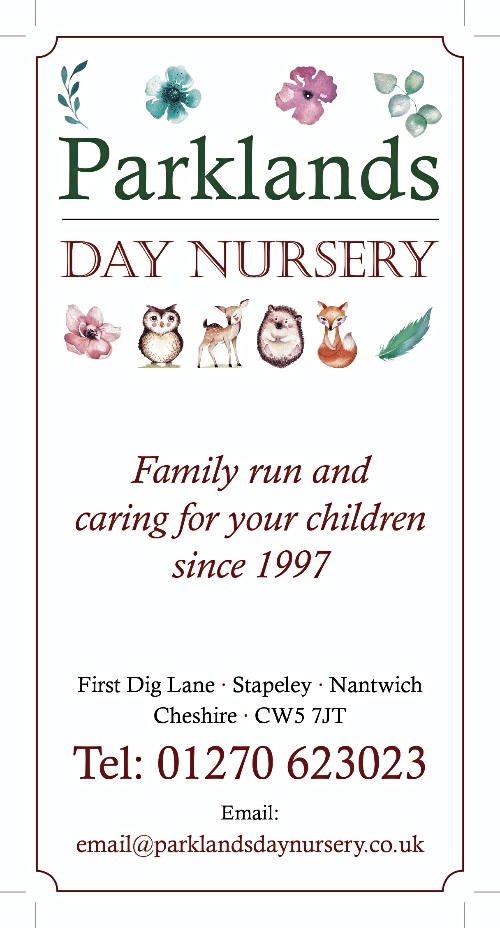
In today’s digital age, many image formats are used globally, but not all are equal.
Even though JFIF and JPG extensions deal more or less with the same thing, each format has its own specifications and intricacies behind the scenes.
This guide will help you understand the differences between JFIF and JPG, when to use each, and how to convert them quickly with a free online tool.
Understanding JPG and JFIF Formats
Speaking about digital images, JPG (Joint Photographic Experts Group) is a more popular choice.
Since JPG supports lossy compression, it allows for a substantial reduction in file size, which makes images ideal for sharing and storing while preserving acceptable quality.
High format compatibility is another reason for its quick widespread adoption – JPG is supported by multiple operating systems, editing applications, web browsers, and digital cameras.
JFIF stands for JPEG File Interchange Format. This file extension was created to define how the JPEG-encoded images should be interpreted and displayed across different systems, platforms, and applications to ensure their compatibility and ease of use.
For this purpose, JFIF comes with a set of additional image specifications, which encompass different metadata elements.
Similarly to JPG files, JFIF supports lossy compression and works well in all modern web browsers.
Difference Between JFIF and JPG
File Structure
JFIF files contain some additional markets and structures that were not included in the JPG format.
Therefore, such files hold particular metadata about the resolution, aspect ratio, dimensions, and colour model of an image to enhance its cross-platform compatibility.
Compatibility
Although you can open both JFIF and JPG files using different browsers and operating systems, some software apps may have a preference for just one particular format.
This is often the case with editing programs that do not support JFIF, requiring you to change the format of your images. In such situations, it makes sense to switch from JFIF to JPG.
File Size
In general, the JFIF and JPG formats have similar file sizes since they both support lossy compression.
However, JFIFs may still take a bit more storage space on your device because of the supplementary information they contain.
When It’s Better to Use Each Format
Considering the difference between JFIF and JPG, each format may serve you better in certain scenarios.
Thus, opt for JPG for your everyday tasks, and switch to JFIF when it’s important to preserve the metadata of an image.
Consider the examples of their use cases for a better understanding:
JFIF
▪ In tech applications that require exact file structure
▪ When sharing files across older systems
▪ For archive storage of images
▪ For scientific photos where preservation of metadata is important
JPG
▪ For web usage
▪ When storing large collections of images on a device
▪ In social media posts
▪ When sending images as email attachments
▪ In documents, slideshows, presentations, etc.
How to Convert JFIF to JPG
Changing file formats is now easier than ever since you can finish the process online in mere seconds using a safe, convenient, and completely free JFIF to JPG converter, such as PDF Flex.
The main advantages of these tools refer to their accessibility and versatility, meaning that you can change image format at any time using your tablet, phone, laptop, or PC.
This is how the whole process looks like:
1. Open a preferred tool to convert JFIF to JPG online.
2. The instructions on how to use it will be described right away – follow them to upload your image and start transforming it.
3. Wait until the converted file is ready and download it.
Final Thoughts
After comparing JFIF vs JPG, it’s hard to say that one format is clearly better than another since they serve slightly different purposes and do their job well.
Remember that you can always change a file format without spending a dime – reliable online converters handle the process smoothly and guarantee the highest quality of the resulting image.
(Image from Shutterstock)


















Recent Comments